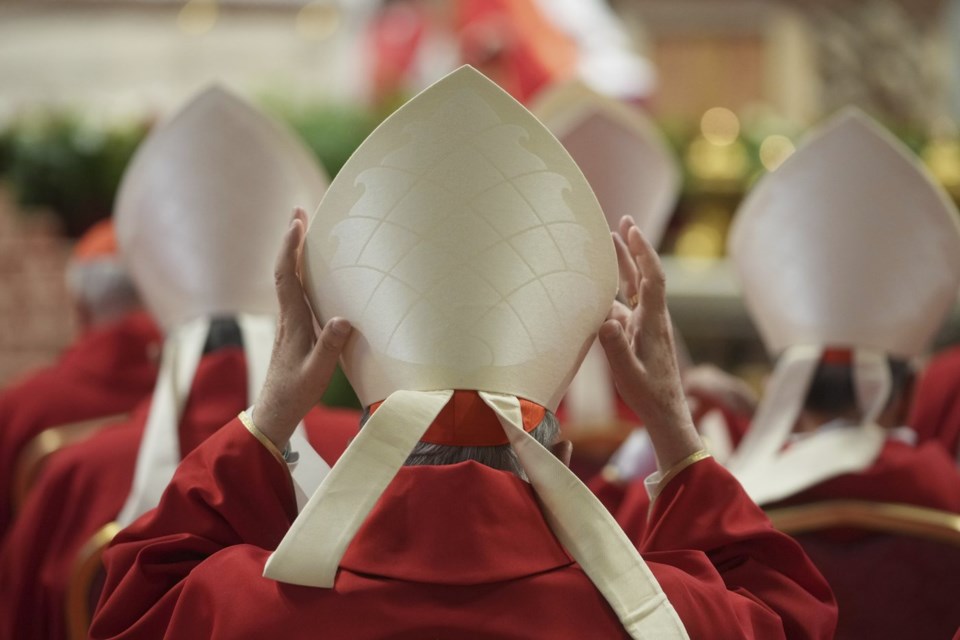VATICAN CITY (AP) — There is no rule that cardinals electing a new pope vote a certain way according to their nationality or region. But understanding their makeup in geographic terms can help explain some of their priorities as they open the conclave Wednesday to choose a new leader of the 1.4-billion strong Catholic Church.
A cardinal who heads the Vatican’s liturgy office might have a very different set of concerns than the archbishop of Ulaanbaatar, Mongolia. A cardinal who runs a large European archdiocese with hundreds of priests likely has other priorities than the Vatican ambassador ministering to war-torn Syria or the archbishop of Managua, Nicaragua whose church has been under siege by the government.
There are currently 135 cardinals who are under age 80 and eligible to vote in the conclave, hailing from 71 different countries in the most geographically diverse conclave in history. Already two have formally told the Holy See that they cannot attend for health reasons, bringing the number of men who will enter the Sistine Chapel down to 133.
A two-thirds majority is needed to be elected pope, meaning that if the number of electors holds at 133, the winner must secure 89 votes.
The countries with the most electors are: Italy (17), United States (10), Brazil (7), France and Spain (5), Argentina, Canada, India, Poland and Portugal (4).
Here is a regional breakdown of the full 135 cardinal electors, according to Vatican statistics and following the Vatican’s geographic grouping.
Europe: 53. One of the electors who says he's skipping the conclave is from Spain, so the actual number of Europeans is expected to be 52.
Asia (including Middle East): 23
Africa: 18. One of the electors who says he's skipping the conclave is from Kenya, so the actual number of Africans is expected to be 17.
South America: 17
North America: 16 (of whom 10 are American, 4 are Canadian and 2 are Mexican)
Central America: 4
Oceania: 4 (one each from Australia, New Zealand, Papua New Guinea and Tonga)
___
Associated Press religion coverage receives support through the AP’s collaboration with The Conversation US, with funding from Lilly Endowment Inc. The AP is solely responsible for this content.
Nicole Winfield, The Associated Press



